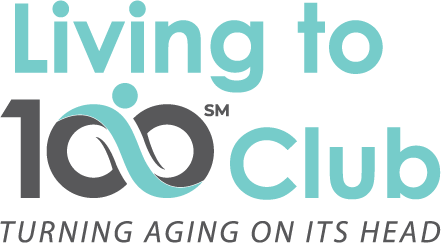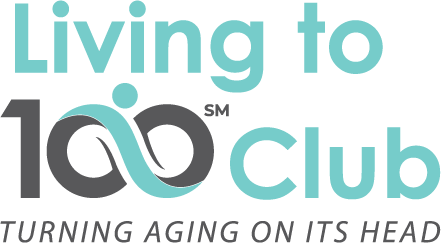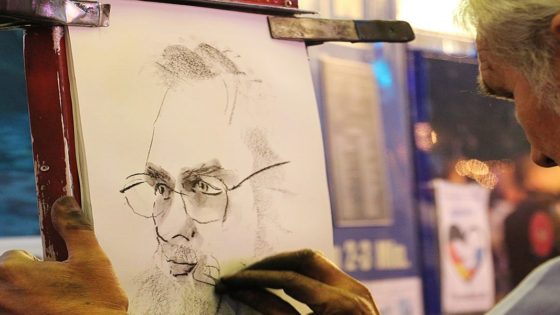by Joe Casciani
THE TOP TAKEAWAYS FROM THE RADIO SHOW ABOUT THE BLUE ZONES
An early episode of the Living to 100 Club Radio program invited Dr. Nick Buettner as a guest, who, with his brothers, designated five regions of the world as Blue Zones. These regions are notable for having the highest number of centenarians living there, compared with other countries. After studying the regions and the commonalities among the oldest of the old who lived there, the Buettners identified several characteristics that appeared to contribute to living longer. Dr. Buettner spoke about the Blue Zones during this Radio episode. Here are some of the highlights:
* There are five Blue Zones: Okinawa, Japan; Sardinia, Italy; Ikaria, Greece; The Nicoya Peninsula of Costa Rica, and Loma Linda, California.
* The most prominent characteristics of Blue Zones’ centenarians: they move naturally and have high rates of physical activity; they have lower rates of stress; they have a strong sense of purpose and connection to something they are passionate about; their diets are 90 to 100% plant-based diet, with red meat being a small portion of their diet; alcohol in moderation – having a glass or two of wine a day; lower caloric intake; families are a priority, and close social connections and friends are valued; and there is a strong sense of faith, or spiritual belief.
* There is a lot of value in cultivating friends who are younger than we are. As we make new friends, we want to think about having people who are younger because younger friends keep us moving, interested, and open to new experiences.
* If you can optimize your environment to make the healthy choices the easy choices, then longevity just happens.
* If you have fewer than three friends, you’re defined as lonely. And, studies have shown this has nearly the same impact as smoking about a pack of cigarettes a day.
* People need a sense of purpose, a reason to get up in the morning. And once they have that reason to get up in the morning, they have ways of deploying this sense of purpose, and generally find ways of living out this purpose and passion.
* It’s hard to change behavior and eating habits. One solution is to make healthy choices the default choices. According to experts, if you take your plate and change it from a 12-inch to a 10-inch plate – just changing the size of your plate – studies have shown that your caloric intake can be reduced by as much as 20%.
* Your relationship with your friends and your family, and the places where we work, live, and play, as well as the policies and cultures of our communities, are bigger drivers and determinants of our health than the relationship we have with our doctor.
* The answer to health and well-being doesn’t necessarily lie with medications from large pharmaceutical companies or physician prescriptions. The answer lies within communities who come together and set up environments where the healthy choices are transformed to the easier choices. Nick used Ft. Worth, Texas as a good example of such a community.
* We’ve found that when we create stronger social relationships, individuals become more productive at work and at home. Social support and connectedness are central to staying healthy.
Readers can visit the Blue Zones website for a collection of resources, including cook books and recipes, and checklists to evaluate our longevity and happiness. You can also learn about the Blue Zones Project, where communities can become part of the transformation programs to lower healthcare costs and and are honored with recognition for their program improvements.




